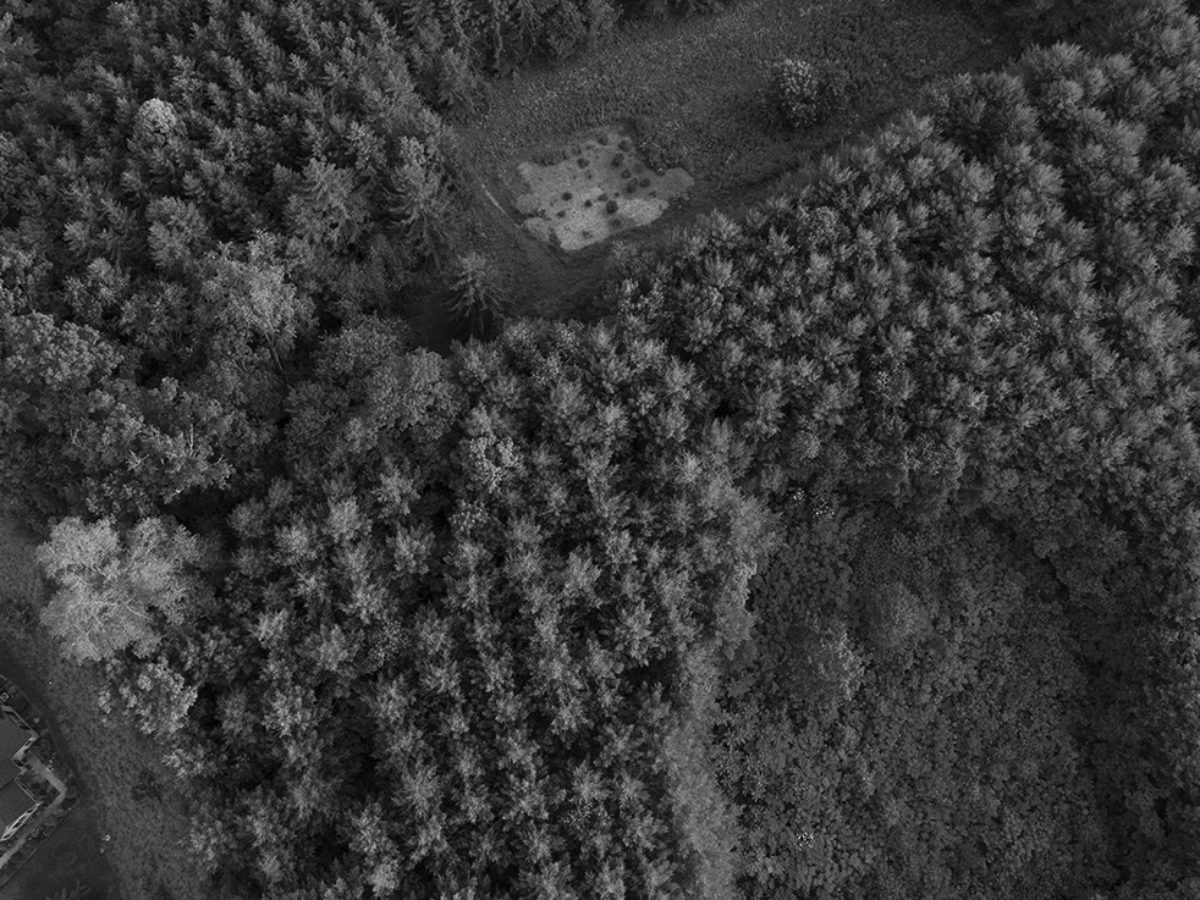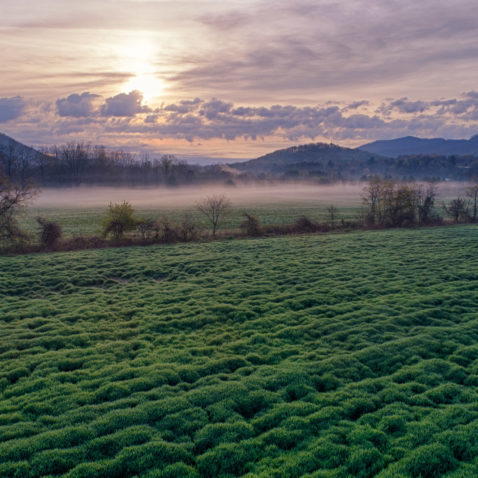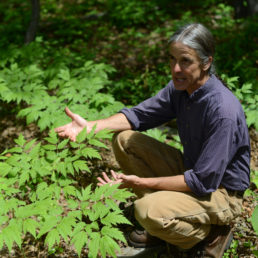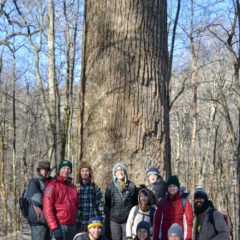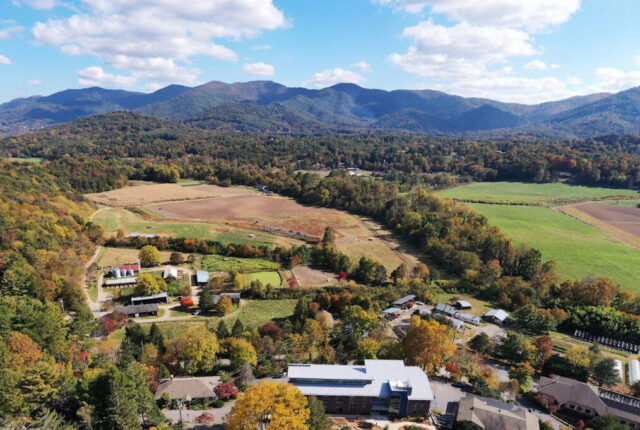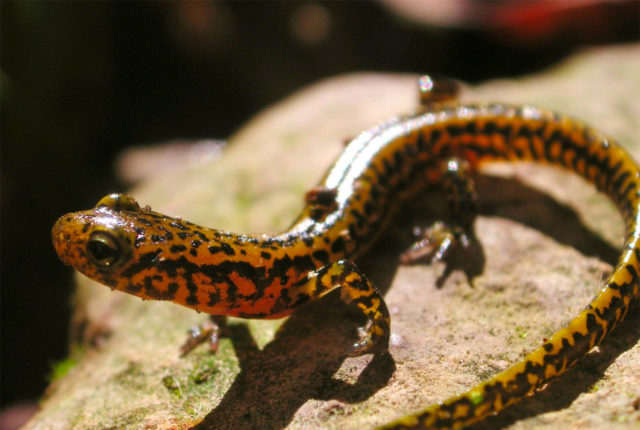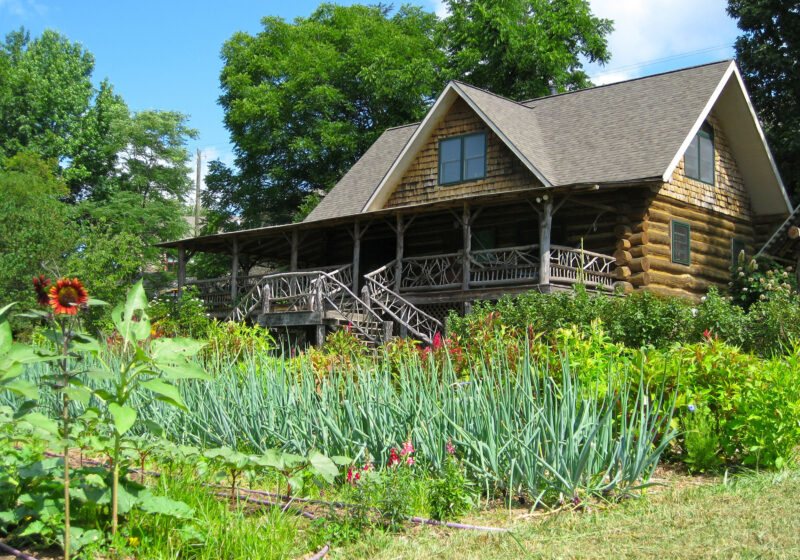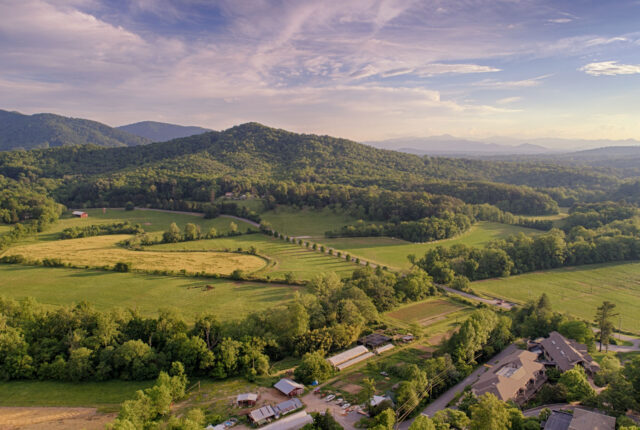Our Campus
The Warren Wilson College experience is inextricably linked to its 1,100 acre campus located in the Blue Ridge Mountains of Western North Carolina.
The natural landscape is often what shapes the visitors’ first impression of the campus; our campus offers a distinct contrast to the typical college campus of vast manicured lawns and regimented planting plans. Emphasis is placed on using suitable native species and materials, drought and pest-resistant plants, along with consideration of form, seasonal, interest, and wise use of the area.
Simply put, it is stunning.
But it is much more than that.
It is your testing ground for you to apply what you learn in the classroom. It is your studio, inspiring creative and moving works of art. It is your home.
